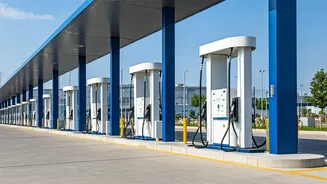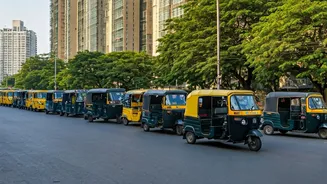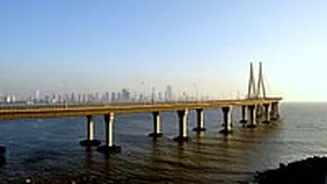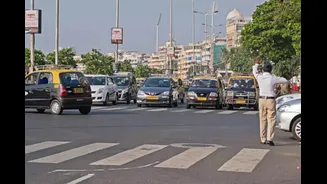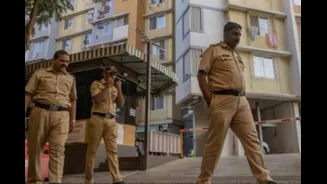Pipeline Damage & Impact
A critical issue recently emerged in Mumbai when a pipeline supplying compressed natural gas (CNG) was damaged. This damage led to a significant disruption
of CNG supply, which, in turn, heavily affected essential public transportation services. Autos, taxis, and even school buses, heavily reliant on CNG, were forced off the roads. The ramifications of this shortage were widespread, leaving many commuters stranded and disrupting daily routines across the city. The damage brought the city to a standstill.
Vehicles off Roads
The CNG shortage's most immediate consequence was the crippling effect on public transport. Thousands of autos and taxis, integral to Mumbai's daily commute, became unavailable. This left a significant portion of the population struggling to find alternatives to their usual means of travel, compounding the existing challenges of navigating a densely populated city. School buses were also significantly impacted, adding to the difficulties of parents and guardians who were forced to make alternative arrangements to transport children, causing chaos for working parents and students.
Understanding the Crisis
To fully comprehend the situation, it's necessary to look at the crucial role CNG plays in Mumbai's transportation infrastructure. Many vehicles, specifically autos, taxis, and several types of buses, depend on CNG as their primary fuel source. The pipeline damage effectively choked off the fuel supply to these vehicles, causing the transportation network to collapse. The damage resulted in the city finding itself in a compromised position. This highlights the vulnerability of a system that depends on a single point of failure.
Addressing the Shortage
In response to the CNG shortage, authorities swiftly initiated measures to manage the crisis. There was a focus on repairing the damaged pipeline as quickly as possible, to restore the flow of CNG. Additionally, contingency plans were likely put in place to ease the burden on commuters and mitigate the impact on other essential services. The strategies probably included encouraging the use of alternative transportation modes, which included trains and buses, that would help the city return to normalcy during these critical times. The goal was to restore the city as fast as possible.
Impact on Daily Life
The CNG crisis significantly changed the daily routine of many Mumbaikars. Commuting became more difficult, with longer travel times and the scramble for limited transportation alternatives. The crisis had further implications. For many citizens, the disruption also impacted their schedules. Moreover, those who used autos or taxis for business or personal purposes had to find alternative means of transit. This showed how dependent Mumbai is on its infrastructure and how easily daily routines can be upset. Ultimately, the crisis highlighted the need for robust planning and flexible solutions to tackle such disruptions in the future.
